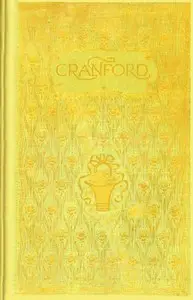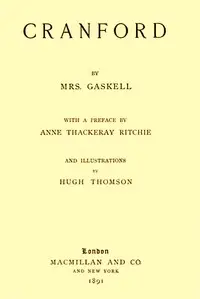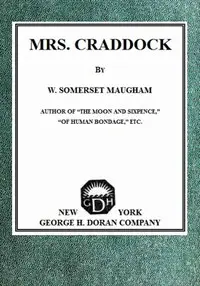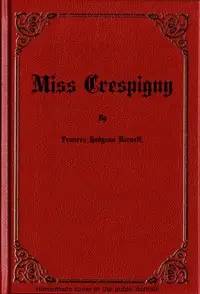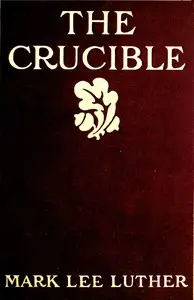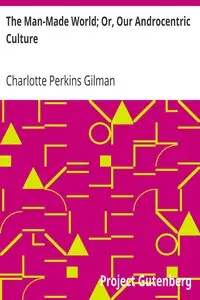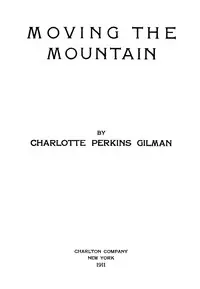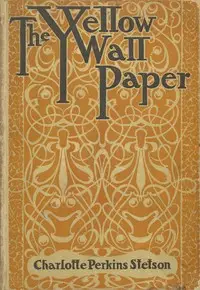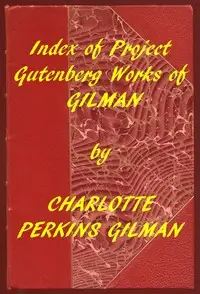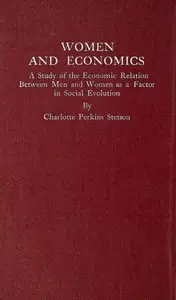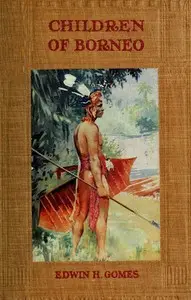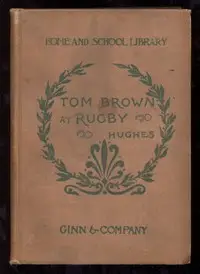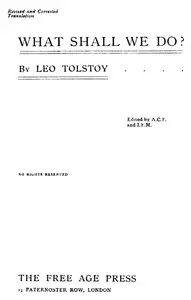"The Crux: A Novel" by Charlotte Perkins Gilman is a fiction book from the early 1900s that follows Vivian Lane as she navigates life in a small New England town, sparking conversations about what society expects, growing as a person, and the changing roles of women. The story begins by painting a picture of Vivian's world, introducing her family, the Foote sisters, and the chatter in the town of a young boy named Morton Elder. Vivian, who is from the younger generations, finds herself caught between wanting to honor her family and wanting to achieve more. Despite the pressure to conform, Vivian dares to dream of a life beyond what's expected, which leads her on a journey to form her own identity in a society with limited roles for women.
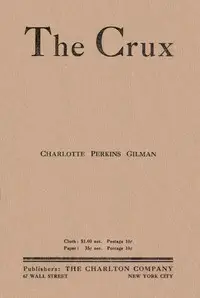
The Crux: A Novel
By Charlotte Perkins Gilman
In a time of social change, a young woman challenges the limitations of her small town, yearning for independence and a life beyond traditional expectations.
Summary
About the AuthorCharlotte Perkins Gilman, also known by her first married name Charlotte Perkins Stetson, was an American humanist, novelist, writer, lecturer, early sociologist, advocate for social reform, and eugenicist. She was a utopian feminist and served as a role model for future generations of feminists because of her unorthodox concepts and lifestyle. Her works were primarily focused on gender, specifically gendered labor division in society, and the problem of male domination. She has been inducted into the National Women's Hall of Fame. Her best remembered work today is her semi-autobiographical short story "The Yellow Wallpaper", which she wrote after a severe bout of postpartum psychosis.
Charlotte Perkins Gilman, also known by her first married name Charlotte Perkins Stetson, was an American humanist, novelist, writer, lecturer, early sociologist, advocate for social reform, and eugenicist. She was a utopian feminist and served as a role model for future generations of feminists because of her unorthodox concepts and lifestyle. Her works were primarily focused on gender, specifically gendered labor division in society, and the problem of male domination. She has been inducted into the National Women's Hall of Fame. Her best remembered work today is her semi-autobiographical short story "The Yellow Wallpaper", which she wrote after a severe bout of postpartum psychosis.

